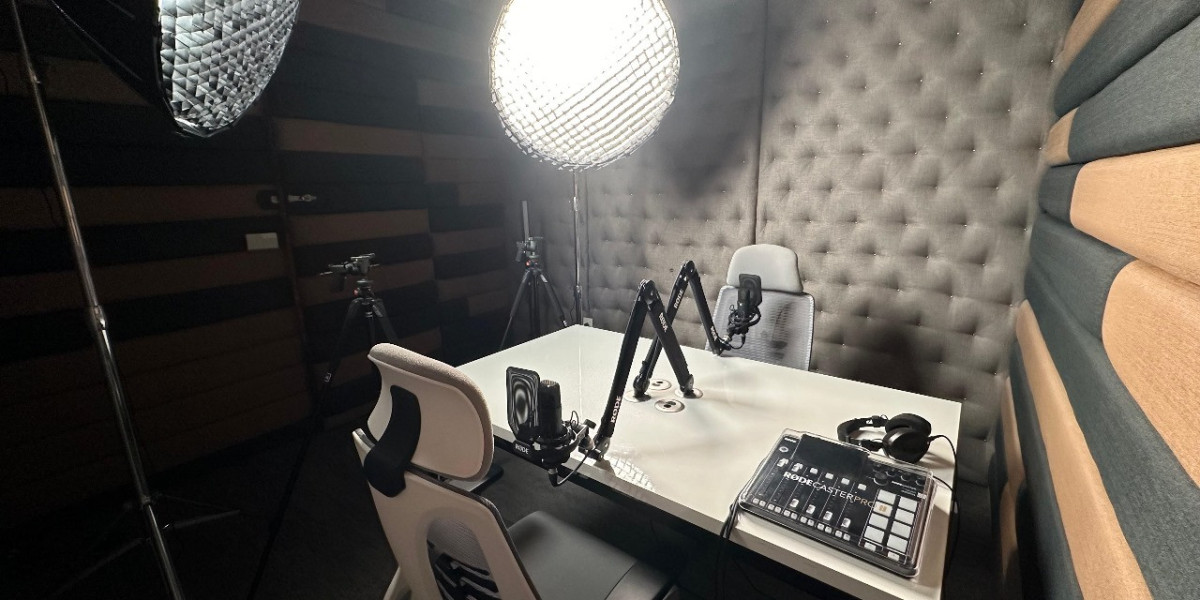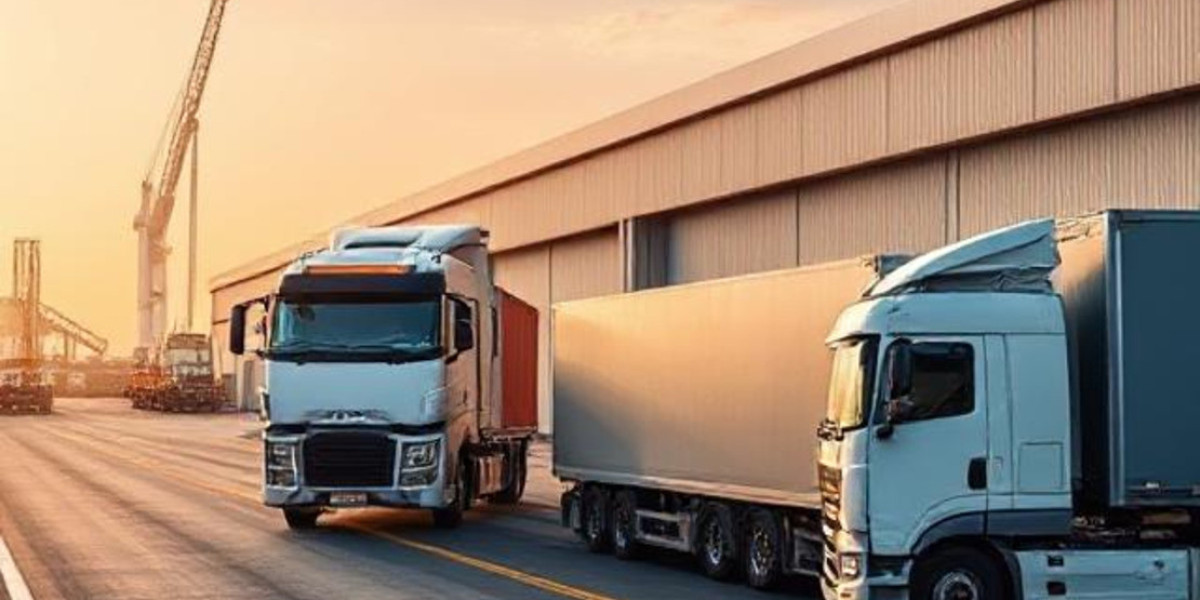How to Record a Clean Interview in a Noisy Place
Recording interviews on the go can be exhilarating—but it also comes with a major challenge: background noise. Whether you're a journalist capturing street interviews, a podcaster recording in a coffee shop, or a content creator covering an event, knowing how to record a clean interview in a noisy environment is essential for producing high-quality, usable content.
Why Clean Audio Matters in Interviews
While a picture may speak a thousand words, poor audio can ruin even the most compelling story. Listeners will quickly tune out if they struggle to hear voices over background chatter, traffic, or ambient hums. Capturing clean sound improves engagement, professionalism, and content credibility.
Whether you're publishing a podcast, documenting oral histories, or filming behind-the-scenes interviews, audio clarity is non-negotiable.
Step-by-Step: How to Record a Clean Interview in a Noisy Place
1. Choose the Right Microphone
The most important tool in your kit is the microphone. For noisy environments, avoid built-in phone or camera mics, which pick up sound in all directions.
Best Options:
Lavalier (lapel) microphones – Clip-on mics that capture audio close to the speaker’s mouth and reduce ambient noise.
Dynamic handheld microphones – Often used in news reporting, these are directional and focus on what’s directly in front of them.
Shotgun microphones – Excellent for video interviews, especially when mounted close to the subject, as they reject side noise effectively.
Pro Tip: Use a foam windscreen or furry wind cover to reduce wind interference if recording outdoors.
2. Control the Environment as Much as Possible
Even in chaotic settings, a few small tweaks can dramatically improve sound quality.
Try:
Positioning your subject with their back to the noise source, so the mic faces away from it.
Choosing a location with soft surfaces (carpets, curtains, etc.) to absorb sound.
Avoiding hard, reflective spaces like tiled corridors or echoey rooms.
3. Use a Portable Audio Recorder or Audio Interface
Recording on a dedicated audio recorder like the Zoom H5/H6 or a Tascam DR-40 can deliver much better results than recording on a phone. These devices support external microphones and allow for real-time monitoring and manual level control.
If you must use your phone, pair it with a high-quality external mic and a recording app that lets you control gain, monitor audio, and export in uncompressed formats.
4. Monitor Audio in Real-Time
Always wear headphones while recording. Monitoring audio as it's being captured helps you catch issues like:
Background interruptions (sirens, barking, overlapping voices)
Microphone brushing against clothes
Volume peaking or being too low
This step alone can prevent hours of editing or, worse, unusable content.
5. Reduce Noise in Post-Production
Even with precautions, some background noise is inevitable. Luckily, audio editing software like Audacity, Adobe Audition, or Descript offers tools to clean it up.
Use:
Noise reduction filters – Capture a sample of the background noise and apply the reduction effect.
EQ adjustments – Cut low-end hums and hissy high frequencies.
Compressor/limiter – Balance volume and eliminate distortion from unexpected spikes.
However, post-processing has limits. It's always better to record clean audio at the source than to rely heavily on editing.
Real-World Example: Podcasting at Live Events
Let’s say you're covering a panel discussion at a business expo. You find a semi-quiet corner but there's still crowd noise. You use dynamic handheld mics for each speaker, route them through a portable mixer, and record on a field recorder. Later, during editing, you clean up the audio using noise reduction and EQ.
The result? A clean, polished podcast episode your audience can enjoy—despite the bustling background.
This approach mirrors setups used in professional environments like a photography studio, where even visual projects require clean audio to match the visual standard.
FAQs: Recording Interviews in Noisy Locations
Q1. Can I record a good interview with a phone?
Yes—but only with the right mic and a dedicated recording app. Never rely on the built-in mic alone.
Q2. How do I deal with unpredictable sounds like sirens or people walking by?
Pause the interview briefly when such sounds occur, or mark the moment for editing. Being proactive during recording saves time later.
Q3. What’s the best location if I can’t find a studio?
Look for a quiet indoor corner, avoid large open spaces, and turn off any nearby fans, air conditioners, or electronics that hum or buzz.
Final Thoughts: Quality Audio Starts with Smart Planning
To record a clean interview in a noisy place, you don’t need a silent studio—you just need smart tools, preparation, and a bit of know-how. From choosing the right mic to learning simple audio cleanup techniques, these skills go a long way in ensuring your content remains clear and professional.
That said, when precision and clarity truly matter—especially for brand collaborations or long-form storytelling—booking time in a podcast studio with professional equipment and soundproofing can be a worthwhile investment.



